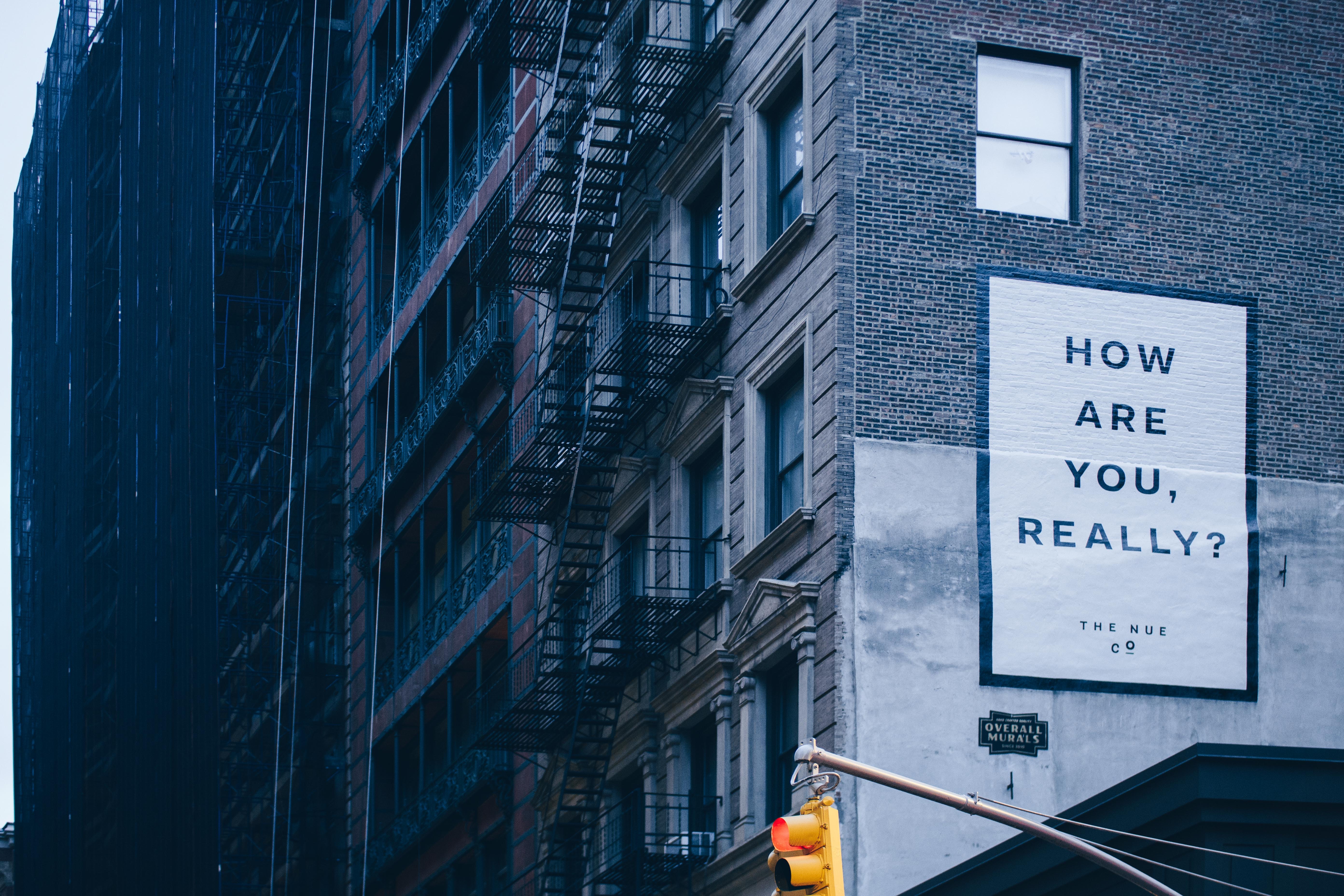By Rama Eriksson
This has been a year of unimaginable loss and disruption. It comes as no surprise that so many of us are simply burnt out. The pandemic distorted the lines between our professional and private spaces. And now, remote and hybrid workplaces are here to stay.
This scenario suits many just fine. There are others, however, who are more vulnerable to remote working challenges. Employers must think broadly to provide space for employees’ mental wellbeing alongside the physical space. Read on to gain an understanding of how to bolster positive mental health in the workplace.
Good News and Bad News: Remote Working Disconnectedness Unplugs Employees Physically and Mentally
First, the good news. For some people, remote working materialised as a magic potion for work-life balance. These individuals delighted in the breathing space and flexibility of remote working. They found time to indulge in hobbies, connect with family, and maintain the routine drudgeries of life. Work satisfaction and engagement levels rose.
Now, the bad news. For others, this fairy tale opportunity did not prove out. Physically disconnecting from the office severs workers from resources and socialisation. Newer or younger employees are especially vulnerable.
At its heart, a creative company’s workplace is the physical space where culture roots, inspiration catalyses, and learnings propagate. Those individuals missing the workplace as their work ‘center’ tend to generally feel less positive and more excluded.
A disconnected state of mind while remote working has become a serious workplace mental health issue. Mental health at work and basic soft skills like people interaction and communication are weakening.
Why Should Creative Workplaces Look After Their Employees’ Mental Health?
Mental health carries with it a massive economic impact. It’s been quantified as over $210 billion by the Center for Workplace Mental Health. Both absenteeism (missed days from) and presenteeism (reduced productivity while) at work account for nearly half of these costs.
Employers are best situated to help employees build skills and manage stress. It is business that ultimately carries the liability of poor mental health… whether or not created by the workplace.
Without support, employees experiencing burnout make them less likely to feel informed, share ideas, and say their workplace is a great place to work. In fact, Harvard Business Review called burnout one of the “most pressing topics facing business today.” It even published a 6-part series, “The Burnout Crisis,” to bring attention to its seriousness.
Spotting the Signals of Poor Mental Health
It’s important that individuals and managers be able to spot the signs of weakened mental health. It may be challenging as some of these signals can also be signs of a creative spirit. Here’s what to look out for:
- talking more or very fast / bouncing between ideas and topics
- irritability, quick temper / aggressiveness
- poor concentration / easily distracted
- hard to make decisions
- difficult to manage emotions
- feeling low, or conversely, overwhelmed
- quick to tears
- feeling less interested in day-to-day activities
- lack of energy / fatigue
- changing sleep habits (sleeping more or sleeping less)
- worrying more / feelings of anxiety
- avoiding social situations
- increased drinking
Whether or not created by work itself, stress symptoms reveal themselves at the workplace. Examples of stressful workplace situations creatives might experience:
- managing tough criticism
- a heavy workload
- tight deadlines
- a frustrating client
The creative passion that drives work for many may become more difficult to switch off as our blurred boundaries endure. This is why the workplace must uncover ways to support individual and team mental health. Many tactics though, like ping-pong tables or on-site massage, manage to merely treat symptoms. Sustainable mental health needs a more holistic and foundational approach.
How can Training Help?
Resilience training— to withstand, bounce back from, and work through challenging circumstances or events at work— is one powerful workplace mental health strategy. It’s positive impact is well-documented. Decades of scientific studies prove that resilience:
- Improves workplace engagement and productivity
- Increases wellbeing
- Increases optimism
- Improves physical health
- Reduces and prevents depression, anxiety, and behavior issues
- Results in fewer substance abuse and mental health diagnoses
Giving your employees mental health training self-empowers them for positive mental wellbeing. Whether they sit in the corporate office or in a home office– work satisfaction, engagement, and communication all markedly improve.
There is much written about the connection between mental health and creativity. Additionally, the thin line between the two. It’s essential now for organisations to understand and support its employees’ most basic creative needs.
It’s time to go beyond surface tactics. Employees at all levels in a creative workplace can gain from a resilient, growth mindset. Positive mental health training equips individuals for sustainable wellbeing in and out of the workplace.
Rama Eriksson is a Content Editor at findcourses.co.uk. Her writing is complemented by 15+ years as a marketing professional. She brings her experience and curiosity to connect professionals to the right training to help further their goals. Originally from the New York area, Rama has lived in Stockholm, Sweden since 2010.
Photo by Des Récits on Unsplash



